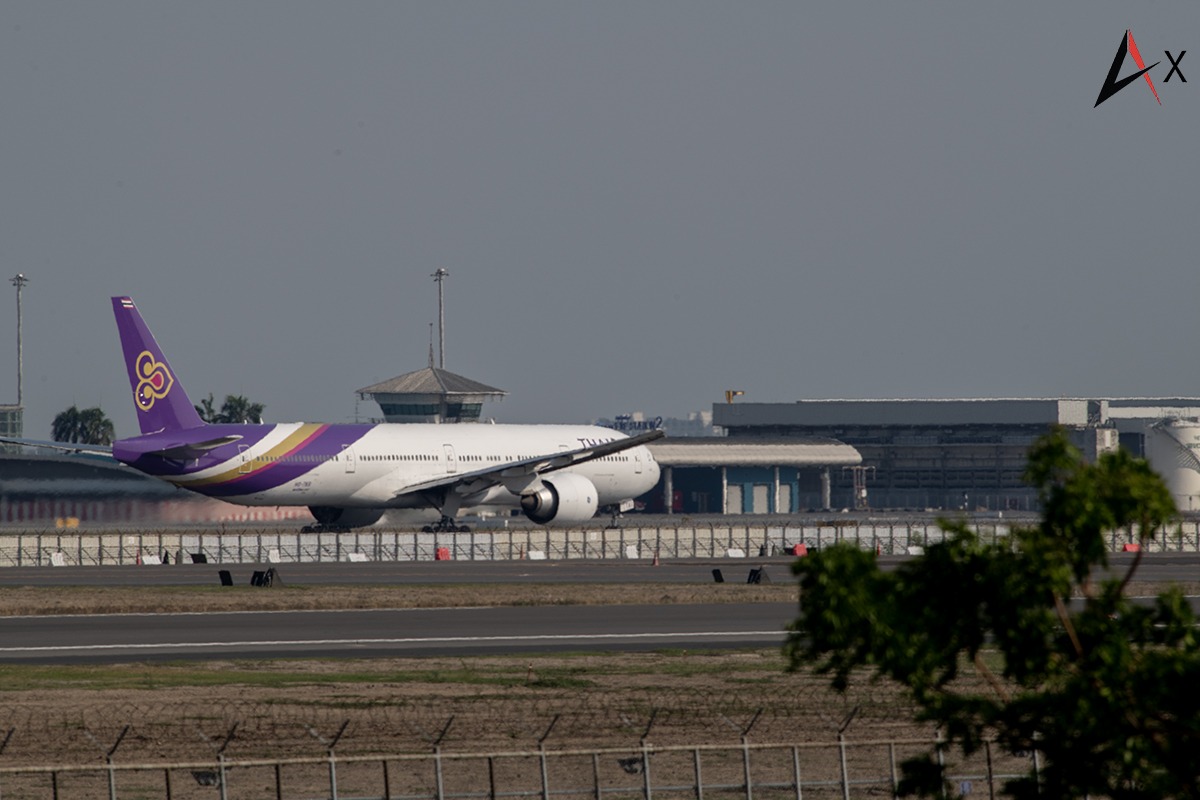
Hong Kong’s third airport runway officially began operations on Thursday, but there will be minimal increase in flight capacity for at least another year.
According to documents released by the city’s Civil Aviation Department, aircraft movement is expected to rise by only 4% in the upcoming summer season—March to October 2025.
This gradual ramp-up is indicative of the city’s slow recovery in aviation following the pandemic. The primary airline, Cathay Pacific Airways, has not yet returned to full operational capacity, and the airport is facing challenges in attracting major international airlines, especially those needing to navigate around Russian airspace, which results in longer travel times.
Moreover, Hong Kong is still dealing with reputational damage stemming from street protests and pandemic-related policies that have adversely affected the economy, tourism, and businesses. While overall visitor numbers to the city are approximately back to pre-pandemic figures, many visitors are now traveling from mainland China via land or sea routes.
Vivian Cheung, acting CEO of Airport Authority Hong Kong, noted that the new runway is designed for long-term use. “We didn’t want to exhaust this runway in just one or two seasons. Even our primary carrier requires time to increase its flight operations,” she explained.
The HK$141.5 billion (627 billion baht) airport upgrade aims to significantly impact Hong Kong’s economy and tourism sector, though these benefits may take longer to materialize. The city has significant stakes in this project to maintain its competitiveness against Singapore as a prominent regional hub. Deputy Financial Secretary Michael Wong emphasized last month that it “may well be the single most important key to Hong Kong’s sustained success as a leading international aviation hub.”
Documents from the Civil Aviation Department indicate plans to increase total runway capacity to 1,453 take-offs and landings per day by next summer, compared to the same period this year. The new passenger facilities linked to the third runway are set to be phased in starting at the end of 2025, confirming earlier reports by Bloomberg News.
Prior to Covid, Hong Kong was among the world’s busiest international passenger transit hubs. It now faces stiff regional competition from Seoul, which is nearing the completion of its own upgrade, while Singapore and Thailand’s Suvarnabhumi Airport also undertake expansive multi-billion dollar expansions.
Cathay Pacific’s challenge to restore flights to pre-Covid levels has been further complicated by staffing shortages and a backlog in training. The airline is gradually receiving new aircraft but has not fully utilized its existing fleet due to a shortage of aircrew.
On Tuesday, Cathay announced it would achieve 100% of pre-pandemic flight capacity starting in January. Meanwhile, passenger volumes at Hong Kong airport reached approximately 85% of monthly pre-Covid levels by the end of October.
Photo: Alexi Van Damme CEO and Founder AX Media Thailand












